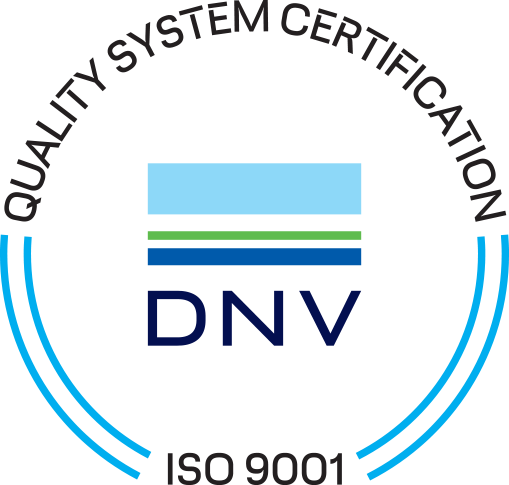MATERIALS
AUSTENITIC STAINLESS STEELS
Austenitic stainless steels are a preferred choice for fasteners due to their exceptional corrosion resistance, high ductility, and non-magnetic properties. These qualities arise from their austenitic microstructure, which is developed by incorporating significant amounts of chromium and nickel—sometimes with additions of molybdenum or manganese.
Grades like 304 and 316 are commonly used in fastener applications, offering dependable performance in harsh environments exposed to moisture, chemicals, or extreme temperatures. Their excellent resistance to pitting and crevice corrosion makes them ideal for marine, chemical processing, and food processing industries.
The superior ductility of austenitic stainless steel allows for easier manufacturing and installation of fasteners, while their non-magnetic nature makes them suitable for sensitive electronic and medical equipment. Though typically more expensive than carbon steel fasteners, austenitic stainless steels offer superior durability, reliability, and long-term value.
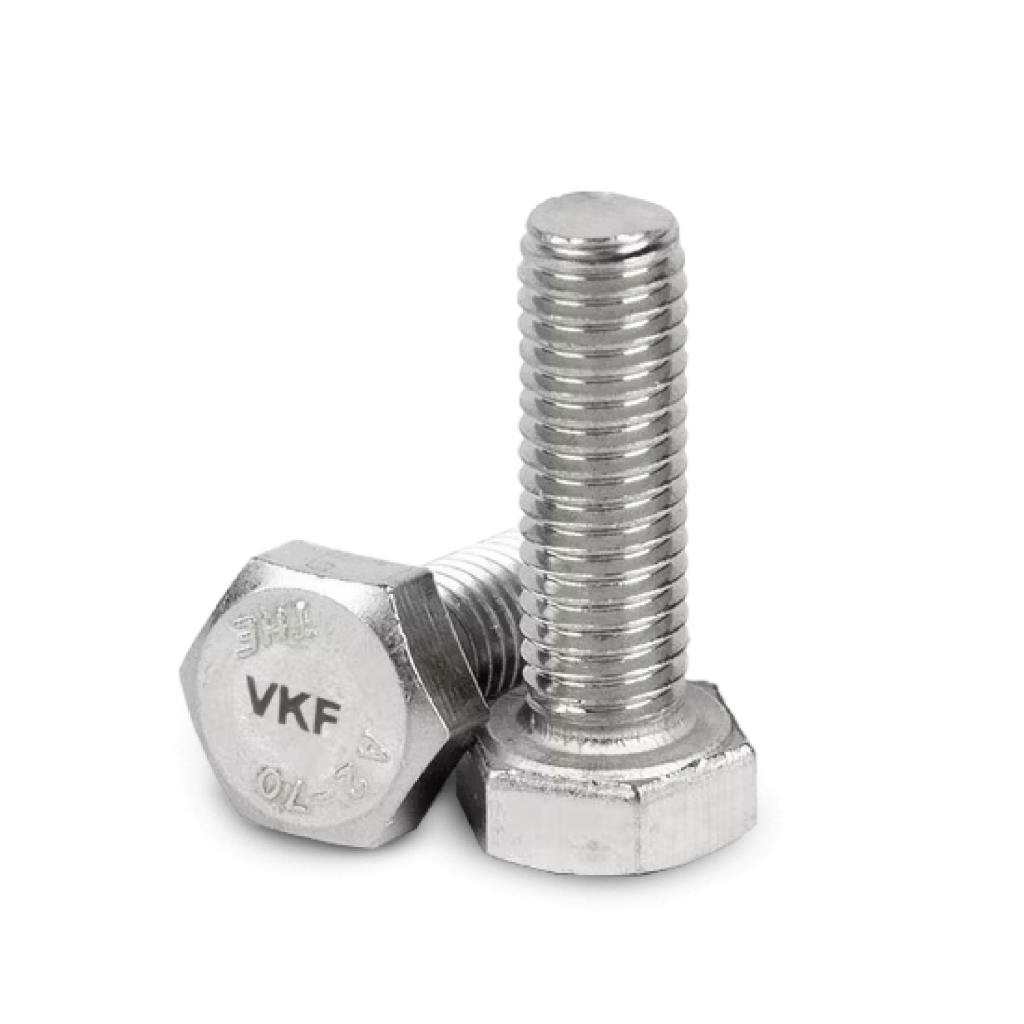
LOW CARBON
LOW CARBON ALLOY STEEL
Low-carbon steel is distinguished by its low ratio of carbon to iron. Low-carbon is defined as having less than 0.30% carbon. Producing mild steel is cheaper than both medium-carbon and high-carbon steel. Low-carbon steel is more pliable, which can improve its effectiveness for certain applications while lowering it for other applications, in addition to being low-cost.
Low carbon alloy steel uses small amounts of additional metals to enhance its properties. Usually, these alloying elements account for between 1% and 5% of the composition of steel. These additions are intended to enhance the steel’s mechanical properties, such as strength and durability, and to help it withstand corrosion. This steel is created to provide better performance in different applications than plain carbon steel.
MEDIUM CARBON
MEDIUM CARBON ALLOY
While medium-carbon steel has a greater carbon to iron ratio than low-carbon steel, it is still lower than high-carbon steel. Compared to low-carbon steel, medium-carbon steel has a carbon content of between 0.30% and 0.60%. Medium-carbon steel is a common material used in automotive parts. Although it has more strength and durability than low-carbon steel, it still maintains some ductility.
Medium carbon alloy steel is defined by its carbon content, typically ranging from 0.30% to 0.60%. This level of carbon provides a balance between strength and ductility, making it a versatile material for various applications. Alongside carbon, these steels often contain manganese, usually in the range of 0.6% to 1.65%. The specific chemical composition within this range influences the steel’s properties, and heat treatment can further modify characteristics like hardness, strength, and ductility. Because of these properties, medium carbon steels are very useful in the production of things like gears, shafts, and other machine parts.
SUPER DUPLEX SS
It’s a kind of SS high alloy mixed up with a ferrite microstructure and austenite microstructure. Duplex stainless steels are a family of grades, which range in corrosion performance depending on their alloy content.
It offers an excellent exceptional strength and high corrosion resistance, making it more suitable for harsh environments like off-shore, oil and gas, chemical processing industries.
Super Duplex Stainless Steel is a high-performance alloy known for its exceptional strength, corrosion resistance, and durability, making it ideal for use in harsh and demanding environments. It is an advanced version of standard duplex stainless steel, offering a superior combination of mechanical properties and corrosion resistance. This alloy contains a balanced…
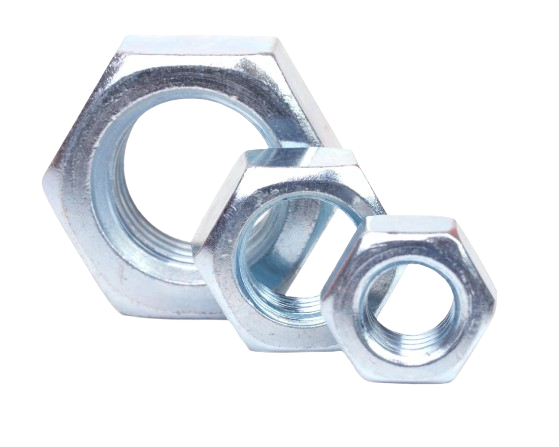
NON-FERROUS METALS
- These are metals that do not contain iron, which is a key characteristic that sets them apart from ferrous metals.
- These are metals that do not contain iron, which is a key characteristic that sets them apart from ferrous metals.
- These are metals that do not contain iron, which is a key characteristic that sets them apart from ferrous metals.
- These are metals that do not contain iron, which is a key characteristic that sets them apart from ferrous metals.
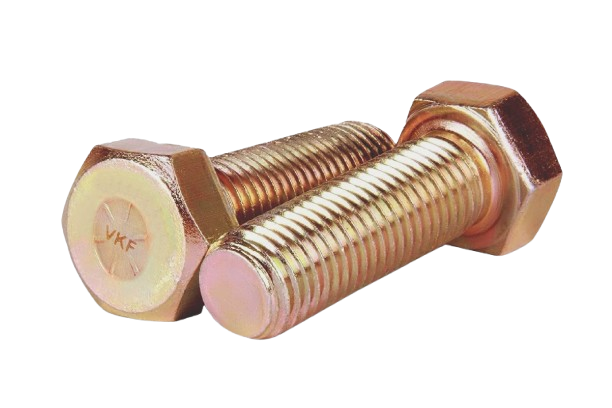
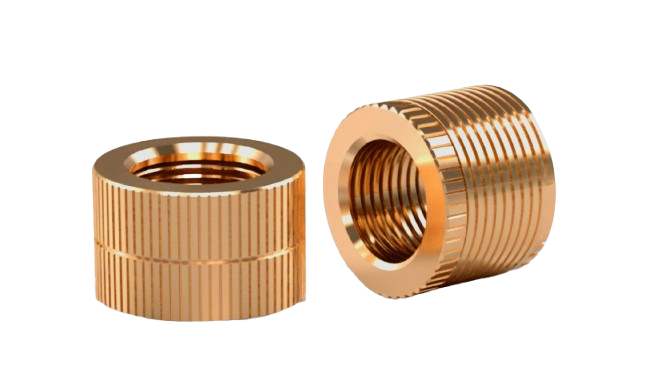
COPPER
- Copper is a naturally occurring, non-ferrous metal known for its excellent electrical and thermal conductivity.
- It's highly ductile and malleable with the combination of zinc and brass, making it easy to shape and form.
- Copper's corrosion resistance makes it suitable for various applications, including electrical wiring, plumbing, and heat exchangers.
- Copper is also known for its antimicrobial properties.
BRASS
- Brass is an alloy of copper and zinc, which means it's a combination of these two metals.
- The addition of zinc enhances the strength and ductility of copper.
- Brass is commonly used in decorative applications, plumbing fixtures, and musical instruments, due to its aesthetic appeal and workability.
- The percentage of zinc in the alloy will change the properties and colour of the resulting brass.
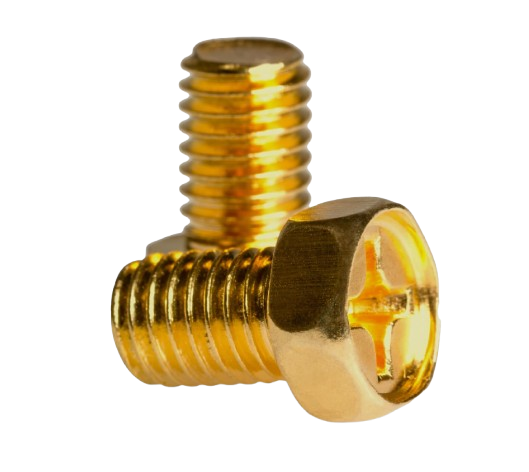
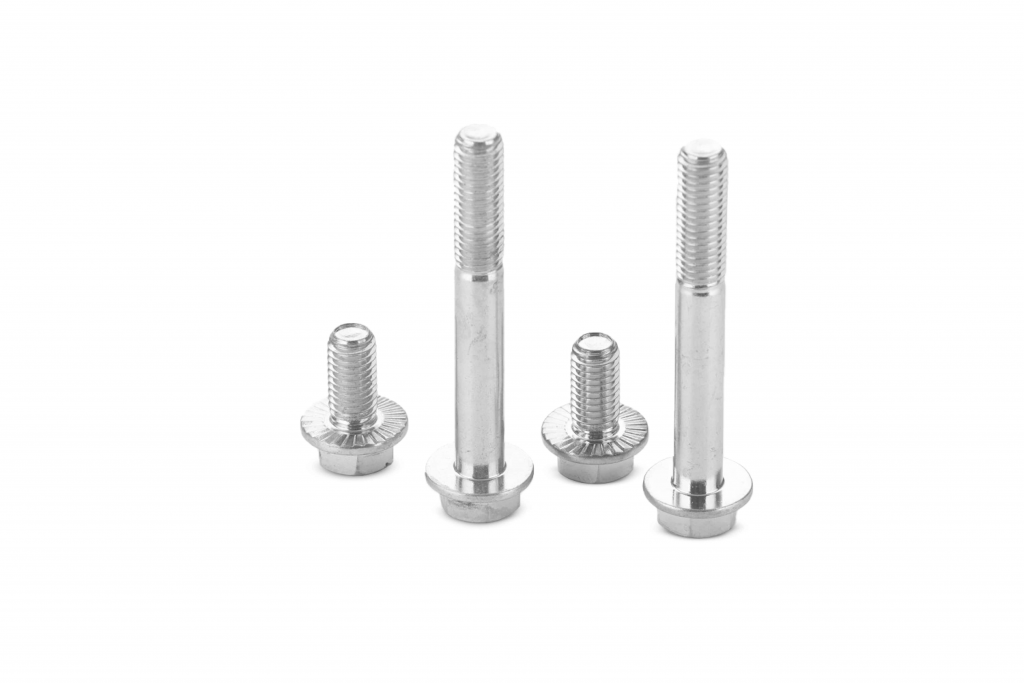
ALUMINIUM ALLOYS
Aluminium alloys are valued for their lightweight nature and good corrosion resistance.
Aluminium itself is a very abundant metal. By alloying it with other metals, its strength and other properties can be greatly enhanced. This makes aluminium alloys crucial in aerospace, automotive, and construction industries, where weight reduction is a key concern.

